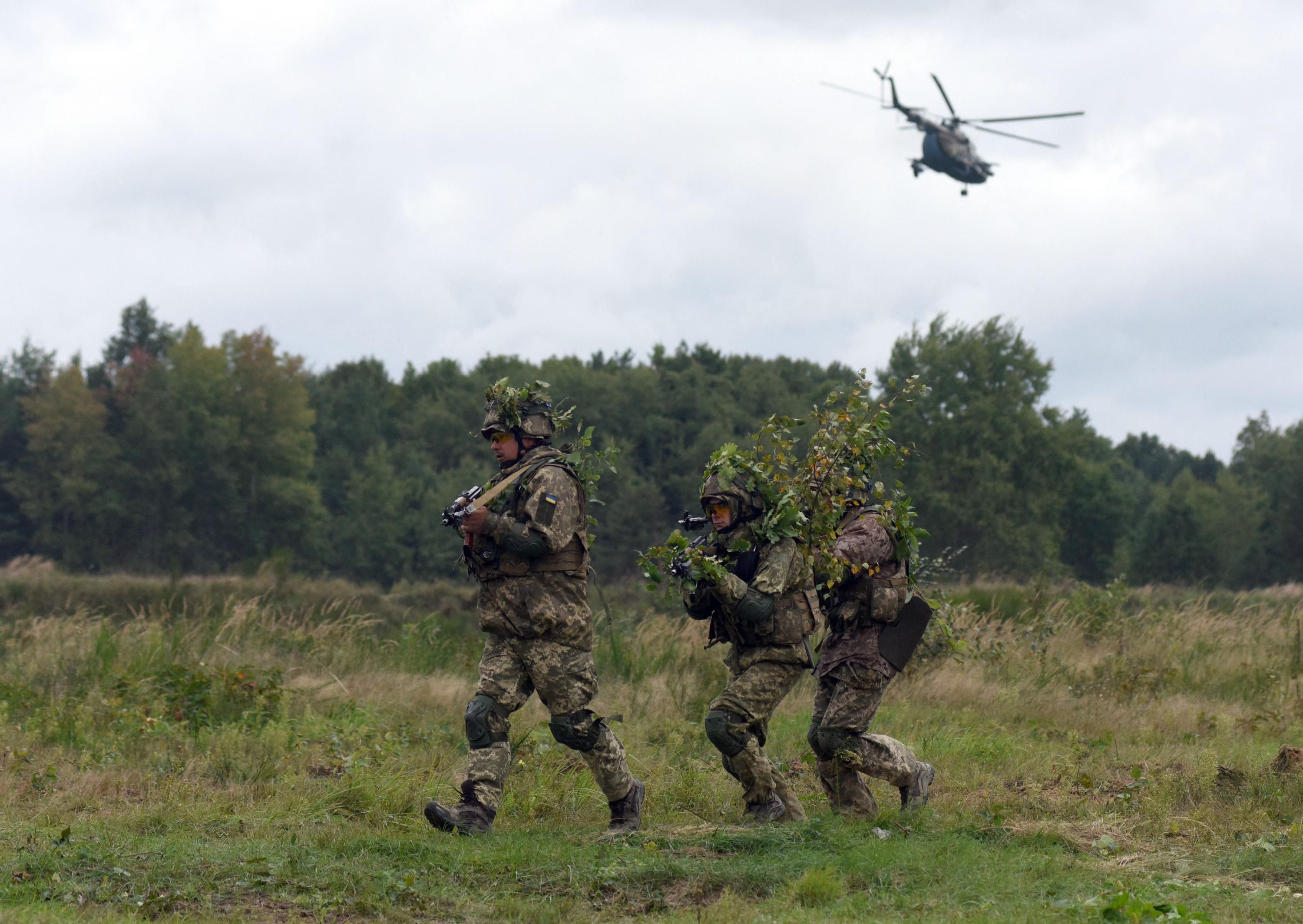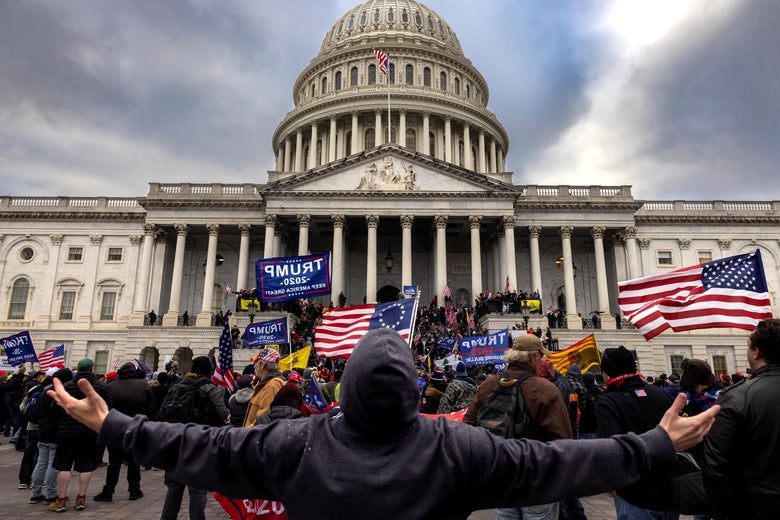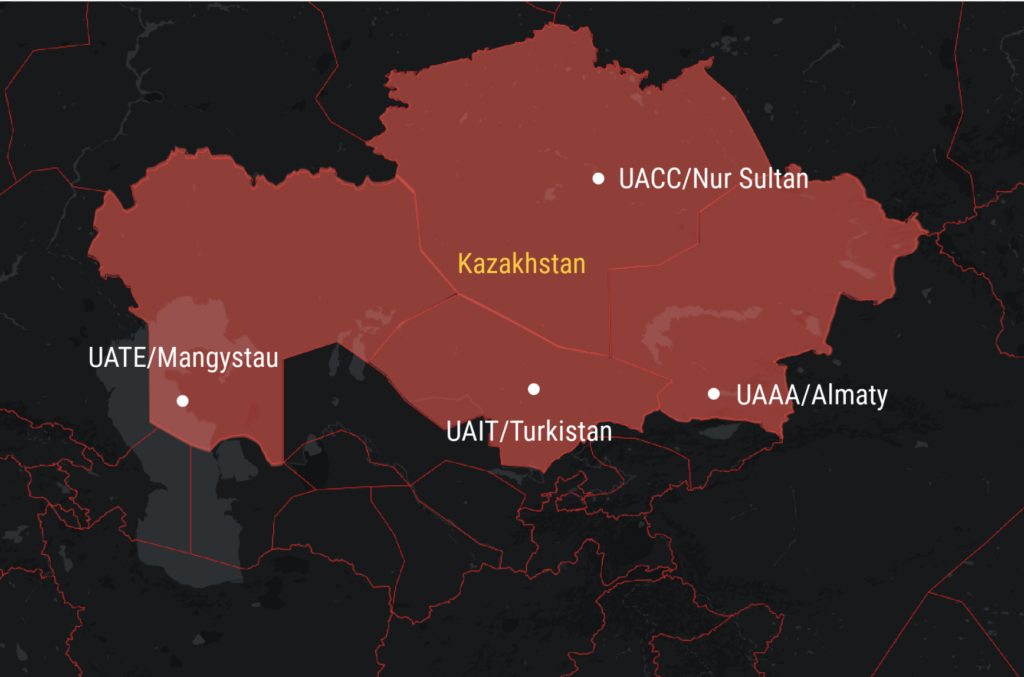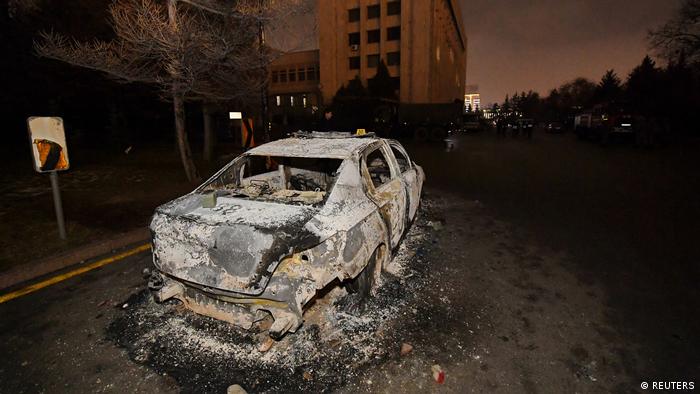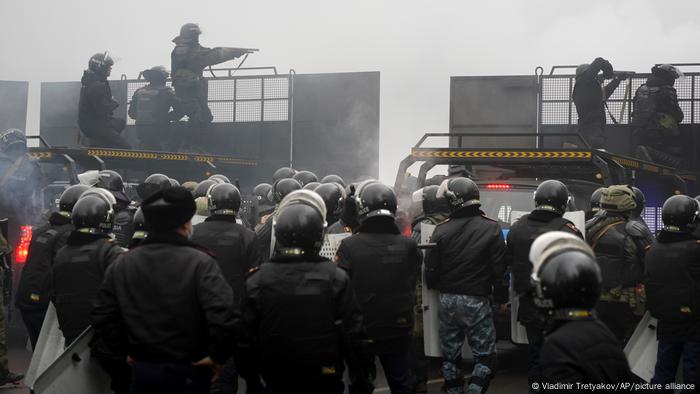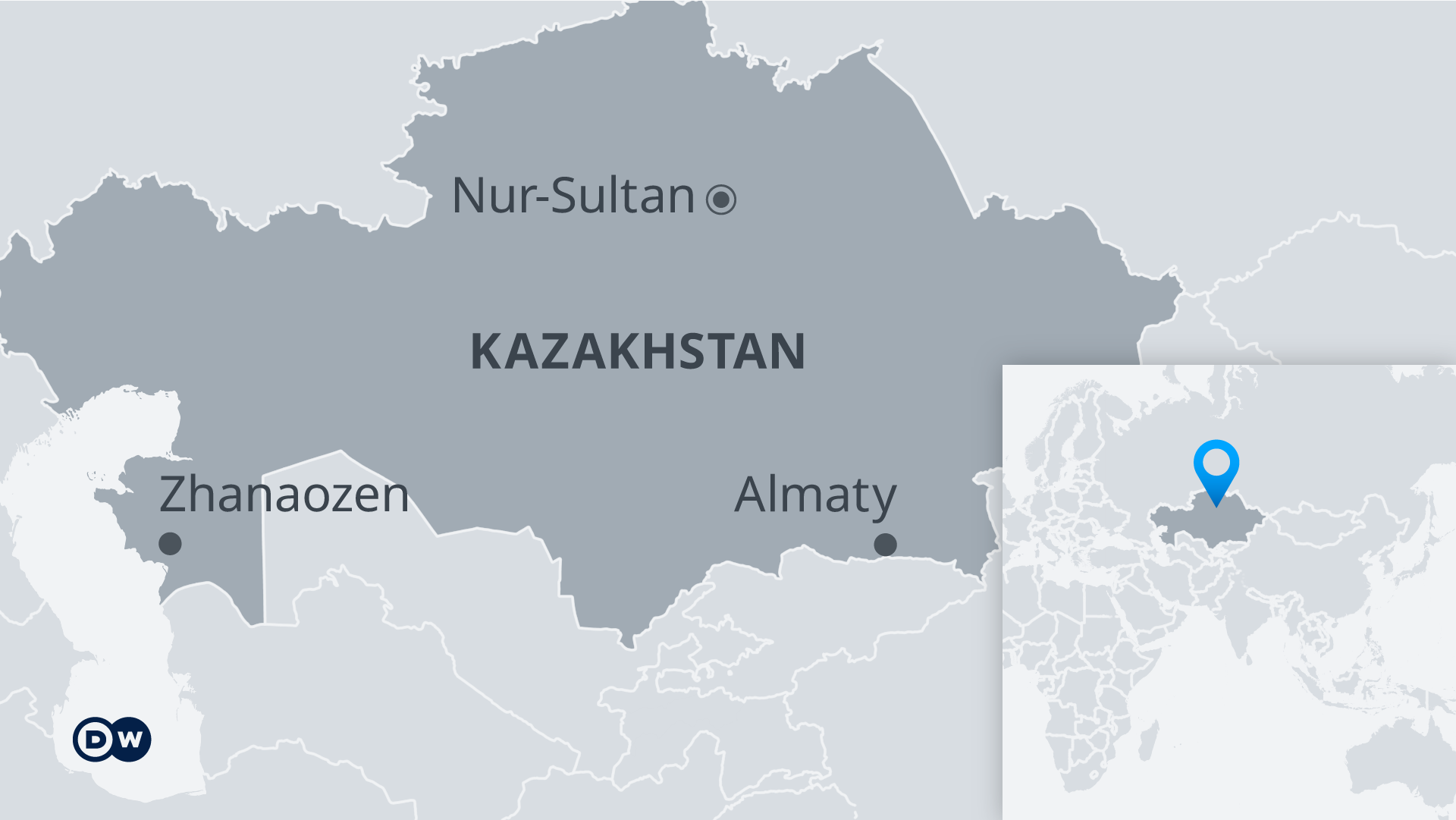so they could justify persecuting ‘witches’
When we think about medieval Europe, we tend to think about kings ruling with iron fists, about Christian crusaders purifying Jerusalem with the blood of the unbelievers, or about Greek and Roman thinking cast into darkness.
It wasn’t so. According to The Bright Ages, a new book by Matt Gabriele and David Perry, kings often worried about their legitimacy, the crusaders were pragmatists, and Greek and Roman learning and culture carried on, not because Muslim scholars preserved it, but because Rome never really fell.
Among a welter of stunning revelations, the book offers this too: democracy is not the product of the Renaissance or the Enlightenment. It was not revived after the Middle Ages forgot the glory of Athens. It has probably been practiced for as long as groups of people struggled with each other, and with themselves, over power and resources. Even some aristocrats voted!
After reading The Bright Ages, I got in touch with Matt Gabriele, because so much of our current politics, especially overt white supremacy, seeks to legitimize itself by calling forth visions of some kind of noble white past. Again, not so. Matt is a professor of medieval studies at Virginia Tech as well as a contributor to the Editorial Board. We started by talking about cities.
One of the core arguments about the "fall of Rome" has been de-urbanization – that Europe moved from a primarily urban, Mediterranean civilization to a rural, agricultural one. There's a kernel of truth there, but it tends to obscure that cities continued, especially where they had been, but also in new places.
In those cities, older forms of government persisted – ones in which people voted on things. Certainly, as we note, those who could vote were a very limited subset, but the idea that all government was autocracy is not true
I take your point that cities are and can be laboratories for democratic experimentation. Groups like to vote on things. Even the Crusades were often led by councils who voted. The First Crusade in 1095-1099, for example, had a group of nobles who collectively led the expedition. The Fourth Crusade of the early 13th century had a council that voted on almost everything, including who should be the new emperor of Constantinople!
Americans tend to think democracy began with us, or anyway with the Enlightenment. But your history shows it being much older. Your book notes that the earliest “national” democracy might have been Iceland.
Perhaps. Some "Viking" (Scandinavian) communities were organized around communal decision-making. Iceland (which wasn't really a "nation" in the central Middle Ages, but more a collection of loosely-connected communities) was one of them. Part of the reason behind their collective governmental organization, though, was precisely because there was no one powerful enough to claim power over the rest of the groups.
In other words, collective decision-making in medieval Europe was often very practical. Even the Carolingians – an imperial family in the 9th century – were deeply reliant on the nobility as councilors and power-brokers. The age of absolute monarchy is an early-modern thing, not a medieval thing.
It seems kings not only sought ways to legitimize power but also the consent of those they ruled over. By "those," I'm guessing elites, but also anyone with influence socially. Consent might be too strong a word.
Yeah, I think that's fair. Kings couldn't unilaterally decide to do something and then do it, or at least if they did, they risked serious repercussions.
For example, the Carolingians in the 9th century. Charlemagne ruled an empire covering almost all of continental Europe, was crowned Roman emperor in Rome by the pope, and traded emissaries with the Byzantine ruler in Constantinople and the Abbasid Caliph in Baghdad.
Yet he was on the throne because his father, Pepin, engineered a coup to overthrow the ruling dynasty. Charlemagne himself faced several very serious coup attempts, his son Louis was deposed twice by nobles, and then the empire disintegrated after Charlemagne’s death in the next generation.
Medieval kings needed to keep the nobles happy, because although the title of "king" may have adhered to a family, it sure didn't adhere to a person. There was always a brother or son or cousin who could take power or whom the nobles could rally around if they weren't getting what they wanted.
It turns out the "clash of civilizations" didn't start after 9/11.
The idea of the "clash of civilizations" is indeed a modern one (though not one that post-dates 9/11). A lot of it derives from Samuel Huntington and Bernard Lewis [authors of The Clash of Civilizations and the Remaking of World Order, published 1996]. But then it was retconned onto the medieval world after 9/11 to show a lineage (unbroken or simply "interrupted”) of violence between Christianity (“the West") and Islam (“the East").
But what we try to show in the book is that this story is really problematic. The initial expansion of what would become Islam out of Arabia was by conquest, yes, but they were at times greeted as liberators in places like Egypt and the province of Palestine. The emperors in Constantinople, even though fellow Christians, were seen by many in those areas as oppressors.
In Europe, Jerusalem didn't really matter to them for a very long time. It represented a sacred past (the city of Jesus), but had no relevance until the end of time when the events of Revelation would kick in. This began to change towards the beginning of the 11th century for complicated reasons, but it's telling that the First Crusade in 1095, for example, was indeed large but also that so many people did not go. No kings, no emperor, some middlingly important nobles and one papal legate led the expedition.
After the conquest of Jerusalem by the Christians – and even during the conquest – they were more than happy to make pragmatic alliances with Islamic rulers they encountered, playing Aleppo off against Damascus for instance, or allowing traders to pass back and forth, even across military lines in the middle of ongoing crusades. In other words, in the end, the violence of the period between religions was defined, yes, by religious identity, but it wasn't dogmatic. It was flexible and shaped by circumstances.
On a related note, you discuss two views. One conservative – that Islam and Christianity are antipodes. One liberal – that everybody got along just fine when given half a chance. You say that it's far more complex than either. Can you explain? You use a non-English word that's escaping me.
Convivencia. (It just means "living together.")
Convivencia is often taken to mean everyone got along by living with each other. Sometimes that's true. But they also "lived together" by hating one another at times, by asserting their group's power over other groups. In other words, individual relations between adherents of different traditions varied among individuals, and group dynamics varied from year to year.
READ:
'Civil war is already here': Journalist says the right 'has a plan' for 'violence and solidarity with treasonous far-right'For example, we talk in the book about the taking of Toledo by Christians in 1085. Shortly afterwards, the king converted the mosque into a new cathedral, even after assuring Islamic residents he wouldn't. Yeah, he did that to punish Muslims and assert Christianity's dominance. But he also did it to spite some of the city’s Christians, who had been until then using another church as their cathedral. It was as much about asserting his own power as an outsider (against civic community), even if there was a religious element.
This is the complexity we're trying to show. Yes, people killed one another because of religion all the time. But there were moments when it didn't happen, when they made other choices – sometimes in ways that seem humane to us and sometimes because they were better served by doing so.
I want to talk about slavery, especially the creation of racial difference. You say in the book that that comes from Europeans living with "the other."
First, let me say we're really in debt here to amazing scholars like
Geraldine Heng (especially) as well as
Sierra Lomuto,
Cord Whitaker,
Dorothy Kim and many others. Until they began their work, really in the last decade or so, this was a marginal topic of conversation in medieval studies.
As a practice, slavery was common in Europe through the entire Middle Ages. The categories of who could be a slave, however, were not always coded by skin color, but rather by political or cultural identity (a conquered people) or religion (Christians in Islamic lands, Muslims in Christian lands). Its practice in Viking society and in Mediterranean society was also quite different in how enslaved people were treated and what status they had in society.
The creation of racial difference is a different matter, one that began (and this is an oversimplification) to emerge as religion became essentialized into the body, when, for example, Jewish identity could be carried by "blood" and so conversions (especially if forced) were thought by political and religious authorities to be fundamentally insincere and subject to "backsliding."
It's not that people didn't notice that people looked different from one another. They did! It's that the primary way medievals tended to separate themselves from each other was not by color (until perhaps towards the end of the period). You could have an "African" leading a monastery in early medieval England and he was revered for his learning! You could have an Ethiopian saint (Maurice) as a patron saint of the Holy Roman Empire!
Medieval Europeans would notice that people looked different from one another, but the primary way groups distinguished among themselves cut along different lines. Skin color could be a part of it but it was only a part.
John Stoehr is a fellow at the Yale Journalism Initiative; a contributing writer for the Washington Monthly; a contributing editor for Religion Dispatches; and senior editor at Alternet. Follow him @johnastoehr.
